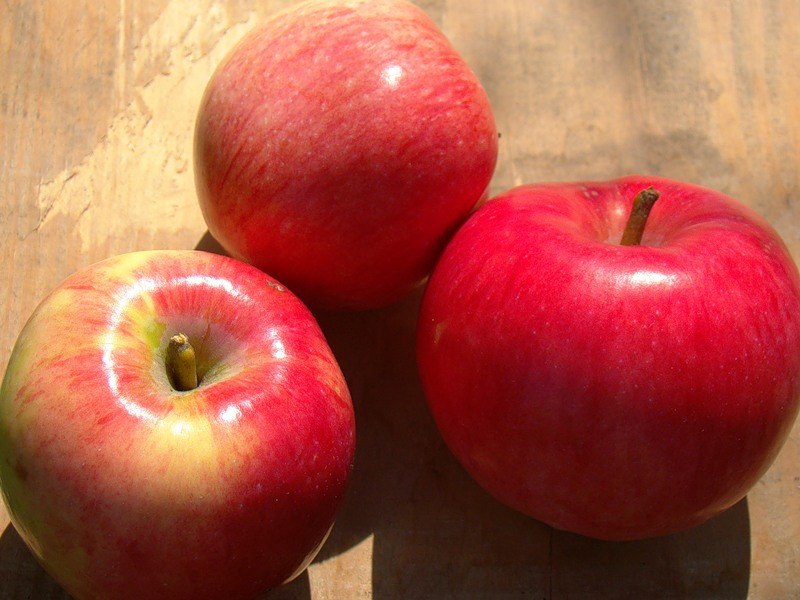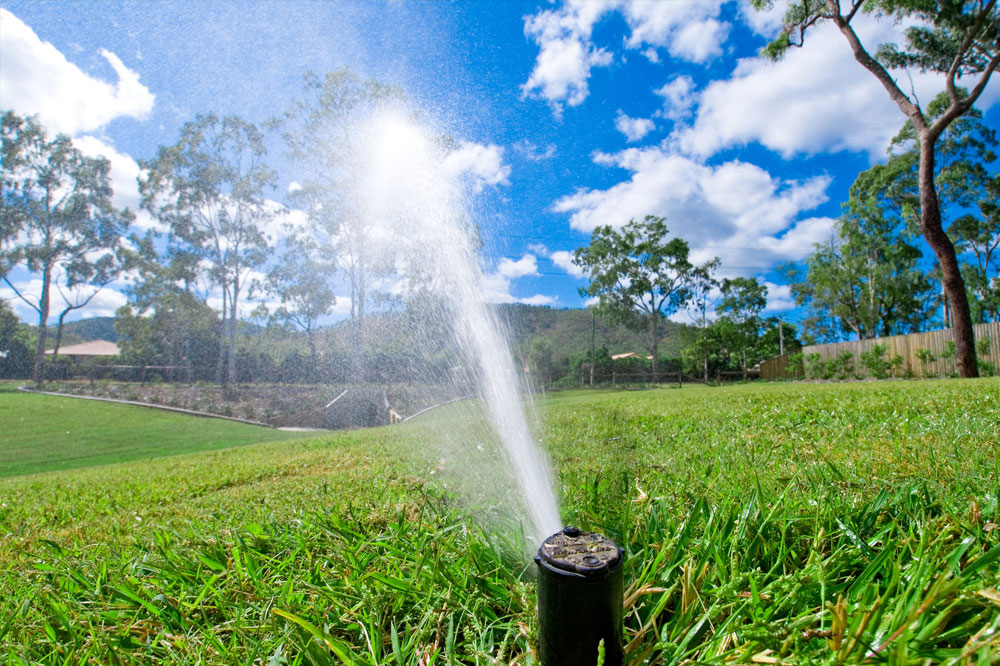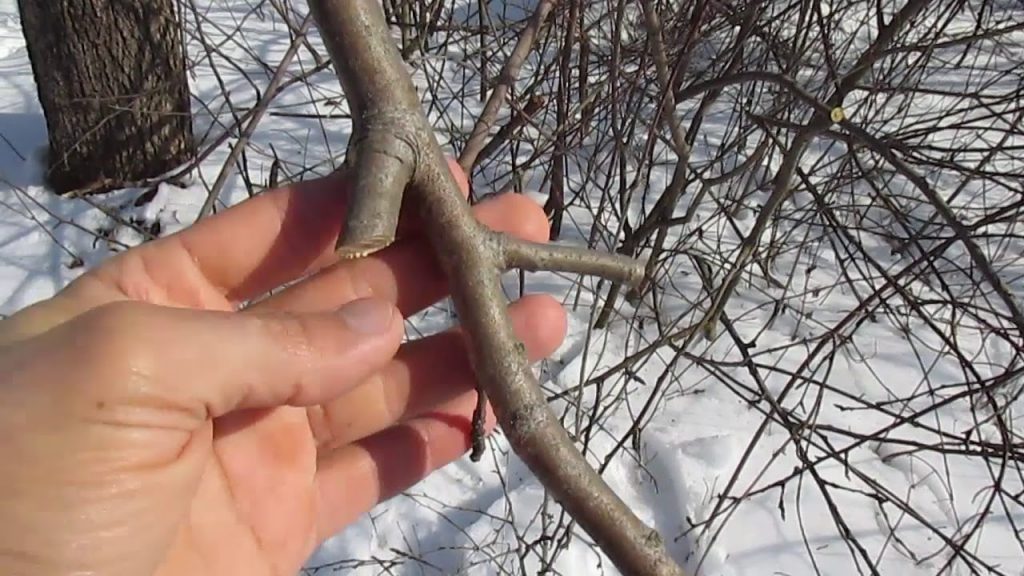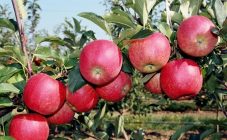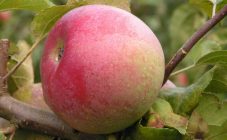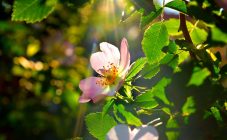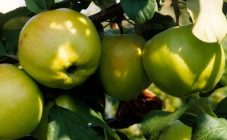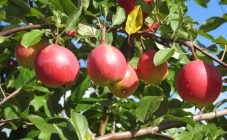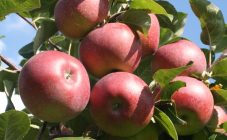Content:
On the territory of our country, an apple tree is a fairly common culture that can be found everywhere. When they are seriously engaged in the cultivation of fruit trees, much attention is paid to the correct selection of plant varieties and, of course, the necessary care of the crop.
If you neglect these rules, you can get a much smaller amount of harvest and, accordingly, losses associated with this. In this article, the Robinovka apple variety will be described in detail, which can be suitable for many gardeners.
Variety history
This variety has been known for a long time, it is of old, folk selection. As you know, the trees of the Malinovka variety were found in places where Estonia is now, in a place called Suslepa. Pomologer Leroy from France was the first to describe this variety. There are some unconfirmed theories that the Malinovka cultivar is of French origin. There are also versions that this is a kind of Persian apple tree. Other names of the Malinovka apple variety are Suislepskoe, Suislep, Suisleper.
Subspecies
- The first subspecies is called Columnar Robin and has a smooth trunk with short shoots. It is much more convenient to pick ripe fruits from such a tree and take care of the plant;
- The second subspecies is named Red Robin. Its fruits are very sweet and can be on the branches for a long time without harvesting. They will not fall, even when very ripe. If we compare it with the Zaryanka apple variety, then its fruits quickly crumble if you delay in picking them up. The apples themselves are somewhat smaller and conical in shape, with a red tint. The subspecies is resistant to frost and disease;
- Ornamental Apple The robin is, in fact, a tree, but is sometimes grown as a shrub, primarily to decorate the site. The fruit is bright and small, which changes color when ripe. Apples of this decorative variety are considered edible, but are used for processing;
- Red-leaved Robin is also an ornamental variety and has similar characteristics to the previous subspecies. The only significant difference is that it has red leaves. This is a hybrid, and it is unpretentious to growing conditions.
Description and characteristics
Description of the Malinovka apple tree it's worth starting from the tree itself:
- Its growth reaches 5 m, which is considered to be an average;
- The crown is thick, shaped like a ball;
- Branches are dark in color and slightly raised;
- Mixed fruiting;
- Blooms towards the end of May.
Malinka apples are not very large, but rather medium and smaller than average. Their weight ranges from 80 to 130 g, like the Moldavanka apple variety. Sometimes the fetus can weigh up to 160 g, this is the maximum.
The fruits do not have one precise shape and can be rounded with some flattening, with uneven sides or ribbed. The fruit has an attractive color: on the main, pink background there are red, bright stripes.
The yield of the Susleip apple tree is average. As early as 3 years after planting the crop, the gardener can remove the first fruits, the full harvest occurs at 7 or 8 years. At this time, the Suislepskoe apple tree can produce about 50 kg of apples.
The harvest does not ripen all at once, and the apples may fall off. In the description of the Malinka apple variety, it is worth noting that it belongs to self-fertile trees and requires pollinators in the summer cottage in the form of other apple crops.
According to the parameters of frost resistance, it has an average degree and is inferior in this to many well-known varieties. There is some possibility of disease on the robin apple tree scab or rot.
You can extend the shelf life, albeit a little, by placing the fruits in wooden boxes or on shelves. The room should be darkened and the humidity level lowered. A temperature of about 0 degrees is preferred.
Thin peel and delicate flesh prevent the transport of Robin apples over long distances. Therefore, the fruits are consumed immediately fresh or used for cooking compotes.
Planting and leaving
Seedlings for planting must be selected with great care and due attention:
- If the planting material has foliage, this is a sure sign that it was dug up too early, before the juices stop moving;
- The seedling should not be less than 1.2 meters long. This indicator indicates premature excavation;
- The roots must not be dry.
The site for planting the Malinovka apple tree is selected according to the following characteristics:
- Good illumination and loose ground;
- A somewhat elevated place so that excess moisture does not linger;
- Free air access.
Planting seedlings should only be done when the soil is warm enough. A mound is poured into the dug hole, on which the seedling is placed and the roots are placed over the surface. Sprinkle the seedling with the same soil that was taken out when digging a hole. A mound should now form around the tree.
After that, good watering is required, but mainly along the edge of the hole, and not closer to the tree. At the end of the process, the seedling is tied to a prepared support.
To get a good harvest, it is necessary to carry out a number of seasonal work to care for the Malinovka apple trees:
- Watering;
- Top dressing at the right time;
- Pruning a tree.
It is very important to water it correctly. It must be produced at the root and more abundantly in hot weather. After that, do not forget that the soil needs loosening. In order for the moisture to remain in the seedling longer and evaporate longer, mulching is used with the help of organic or inorganic materials.
In the first year, feeding the apple tree needs to be done several times. Most often they are introduced like this:
- At the end of April, urea or manure is spread around the tree;
- When flowering begins, fertilizers are applied in liquid form containing potassium sulfate, superphosphate and urea;
- When pouring apples, use nitrophoska and add sodium humate;
- After the harvest has already been harvested, they are fed with potassium sulfate and superphosphate.
Pruning
In early spring, it is necessary to remove broken or simply unnecessary interfering branches with a pruner. When a year has passed after disembarkation, work begins on the formation of the crown. This must be done before the juices begin to move. According to experts, the earlier the pruning process takes place, the more time the tree will have in order to fully recover and replenish its energy supply.
Diseases and pests
Apple robins can be susceptible to some diseases that cause a lot of harm to the fruit crop. Among them are scab, powdery mildew, fruit rot, cytosporosis and others. In the fight against them, the gardener is well helped by urea, colloidal sulfur, soda ash, copper sulfate.
Of the pests, this variety can be threatened by green aphids. To combat it, the spoiled bark is removed and Bordeaux liquid is used. The leafworm is destroyed with a solution of karbofos.
The Malinovka apple tree grows very well in the conditions of Moscow and the surrounding region, since the climate here suits her.As an ornamental tree, it grows in the southern regions.
In the northern regions, which are characterized by characteristic severe frosts, the frost resistance of the tree is not enough, because it can withstand no more than 15 degrees with a minus sign.
Advantages and disadvantages
The advantages of the Suslep apple tree include:
- In appearance, the fruits look very attractive;
- Apples have a pleasant sweet and sour taste.
This variety also has disadvantages:
- The yield is not too high;
- Poor fruit transportability.
In almost all areas, apples are one of the most affordable and common fruits. Currently, there are a huge number of varieties, and scientists are creating all new species with the most improved qualities. The Malinovka apple tree has received many positive reviews over the years when it was grown by gardeners. If you follow the advice of experienced gardeners, growing the Robin will be successful, and it will decorate your summer cottage.
